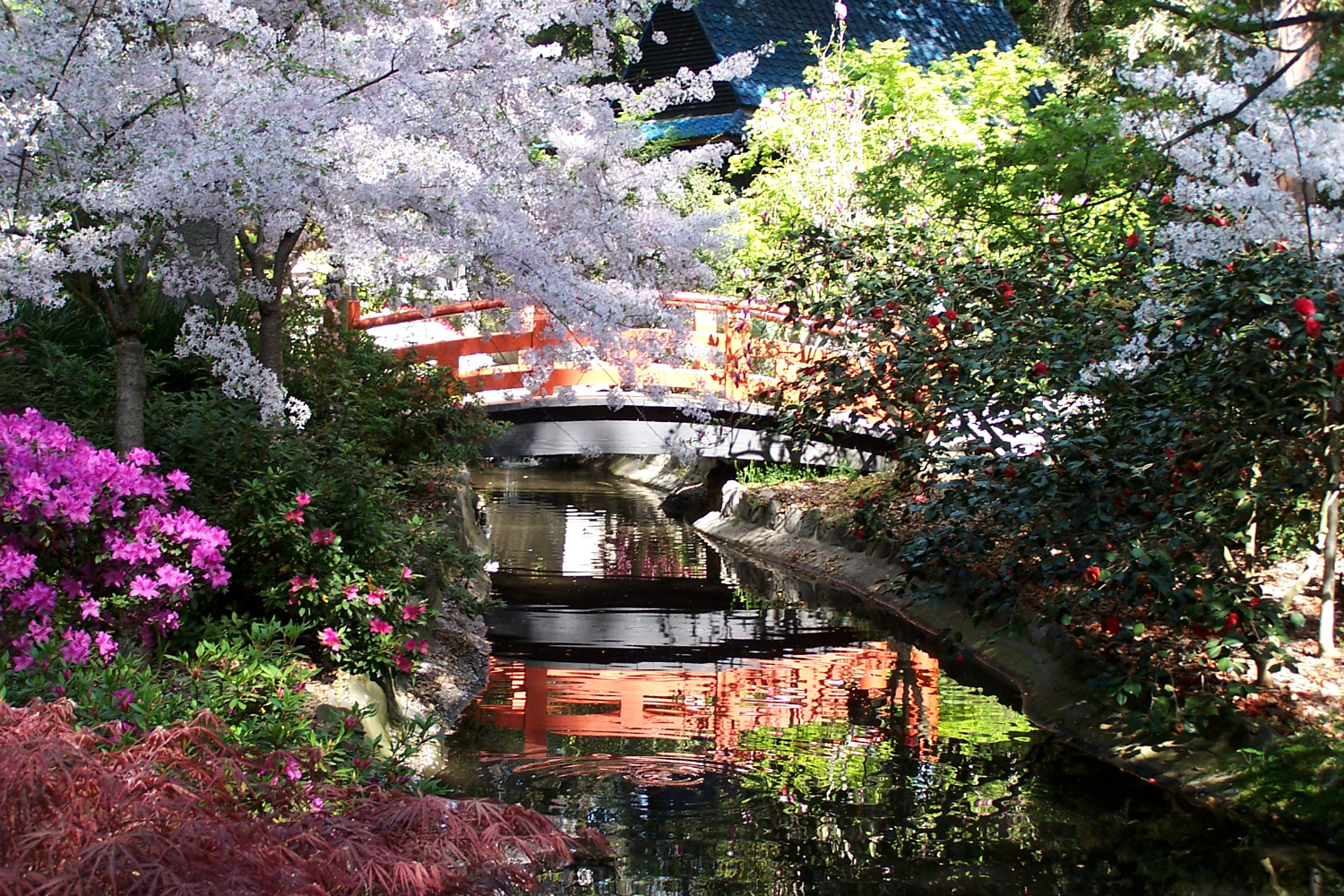Among the many fascinating aspects of Japanese culture are Japanese gardens. These gardens have been around for over one thousand years in Japan. These are places of beauty, serenity, and repose. They are also a wonderful place to explore and contemplate life. They are an important part of the country’s culture.
Using rocks as islands and rippled sand to symbolize water are two main features of the Japanese garden. The stones are chosen effectively and placed carefully to replicate the natural landscape. They can evoke a feeling of mountains, a lake, or a flowing river. These subtle elements are combined with bold textural differences to create an appealing garden.
In the early days of the Japanese garden, merchants who visited China brought back Chinese gardening techniques. This influence was a big factor in the development of the early Japanese garden. These techniques included the use of ornamental grasses and rocks in the pond and stream edge.
A well-designed Japanese garden should have landforms that reflect human proportions, as well as pathways and plantings that relate to the size of the human body. These include a pond and a waterfall, which are fed by streams and a chashitsu, a stream that flows over varying rock levels.
Another unique aspect of the Japanese garden is the use of a lantern. The lantern is often placed in the water so that the image reflects. This type of lantern is commonly called a yukimi doro, which translates to “snow-viewing lantern.” During a snowfall, it is best appreciated because the light flickers around the landscape.
A Japanese garden may incorporate waterfalls and islands of varying shapes and sizes. These features are usually arranged in ten or more different ways. The islands are often symbolic of Mount Horai or Mount Penglai, a prominent landmark in Japanese culture. The waterfalls are designed to resemble mountain cascades.
A Japanese garden also includes bridges, such as a chashitsu, which is a bridge that symbolizes eternal renewal. It is also a symbol of the path to paradise. The bridge is designed to harmonize with the surrounding garden.
The yukimi doro can be used for more than just viewing the snow. It can be used to light the way to a shrine or temple. The lantern also has a small place for a candle.
Several Japanese gardens are modeled after the Chinese garden. The Blue Boulder Cascade, for example, is a three-step cascade built to resemble heaven and earth. The water-loving iris is native to Japan and conveys messages of honor, faith, and hope.
Another feature of the Japanese garden is the sode-gaki, which is a fence that is attached to the side of a house. This trellis system is intended to screen certain areas of the garden while adding a touch of natural beauty.
Another unique feature of the Japanese garden is the use of stepping stones. These stones are designed to create an intentional journey. The pathways are intended to be used in a clockwise manner. This teaches visitors to look at the garden in a more intimate way.


